In the UK, 12 million people are affected by hearing loss. 80 million are over the age of 60. Over 900,000 people are severely or profoundly deaf, they are unable to hear any speech. During this module, lectures were given on cochlear implants. My interests on these grew so I decided to do some further research. Cochlear implants are used by 12,000 people in the UK.
How do they work?
A cochlear implant is an electronic device that helps with understanding speech and sensing sounds. There are 4 parts: a microphone, a speech processor, a transmitter and receiver-stimulator and an electrode array. The external speech processor captures sound and converts it into digital signals. The digital signals are sent to the internal receiver-stimulator. The signals are converted into electrical energy which is sent to the electrode array that’s inside the cochlea. The electrode array stimulates the auditory nerve by bypassing damaged hair cells. The auditory nerve transmits signals to the brain. These signals are recognised as sound.

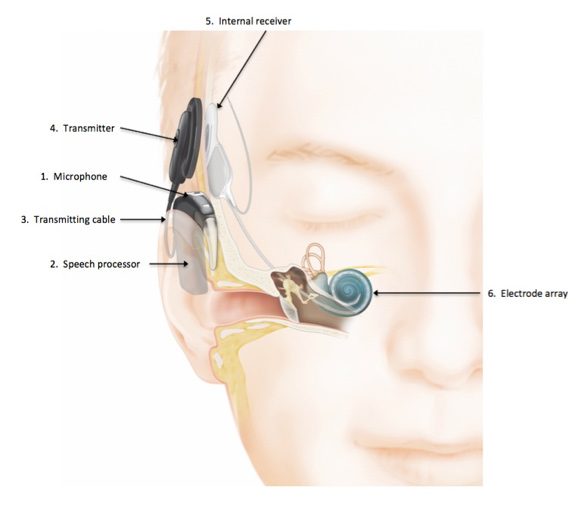
Who gets them?
Cochlear implants are given to those that are congenitally deaf, had an infection associated hearing loss such as measles, trauma associated hearing loss like a head injury, age associated hearing loss and people who do not benefit from hearing aids which can be confirmed by specialised hearing tests.
Benefits and challenges
Cochlear implants are given from 6 months old. This is beneficial for children as they are learning to speak and process language. People will be able to hear speech without reading lips including phone calls. They can hear everyday sounds like the noise made when there is a green man at the traffic light. This improves their safety. Cochlear implants help people develop their speech and pronunciation as they can hear their own voice, improving their communication.
There are a few risks, one is meningitis which can occur after implant surgery. This is prevented by vaccinations beforehand. Another, is the results vary depending on the person. Some people’s hearing significant improves while others don’t receive such satisfaction. Cochlear implants are not an instant fix, time is needed for the brain to get used to how they work.
Technology
Cochlear implants are becoming more advanced with technology. Sound processors can be waterproof meaning children and adults can enjoy swimming and even bathe without worrying about any damages. They can be paired with phones through Bluetooth. Sounds can be wirelessly streamed to the processor. An example is the Nucleus® 8 Sound processor which uses improved technology to sense changes in the environment and can adjust listening settings.
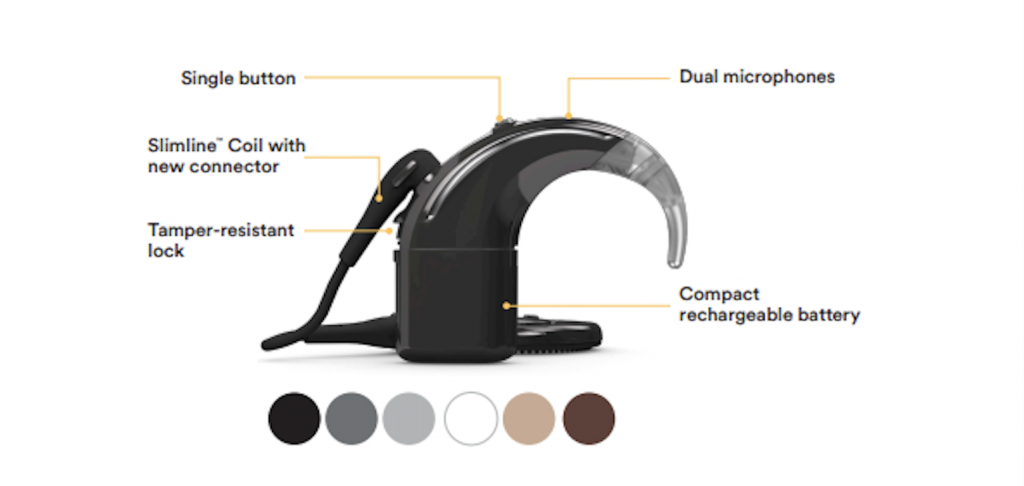
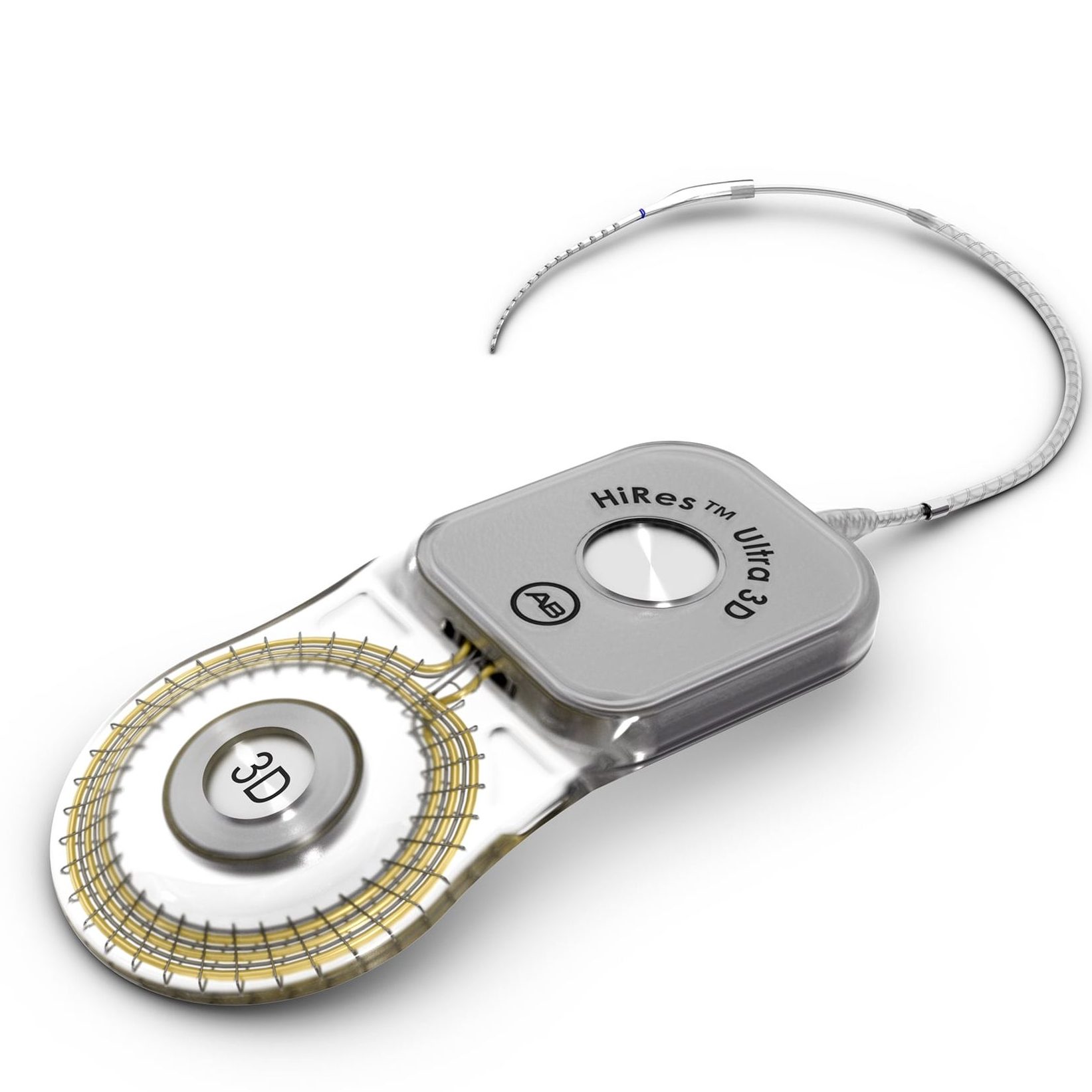
Advanced bionics have a cochlear implant called the HiRes Ultra 3D cochlear implant. This device works with technology, making speech clearer and music with better quality sound.
My opinion
Overall, my thoughts on cochlear implants are that they are amazing as they can help deaf people have a better quality of life. I think that they are accessible in the UK due to the NHS and I was surprised to discover that in the US, they can cost between $50,000-100,000. I was appalled by this as many adults and families with children cannot afford such high prices so they won’t get the benefits of cochlear implants. I love that with technology, the external parts of cochlear implants are smaller so people can participate in sports easily. I’ve been to competitions where I saw children with sound processors and I was happy to see them get the same opportunities and experiences as everyone else. I’m excited to see how cochlear implants will further advance.
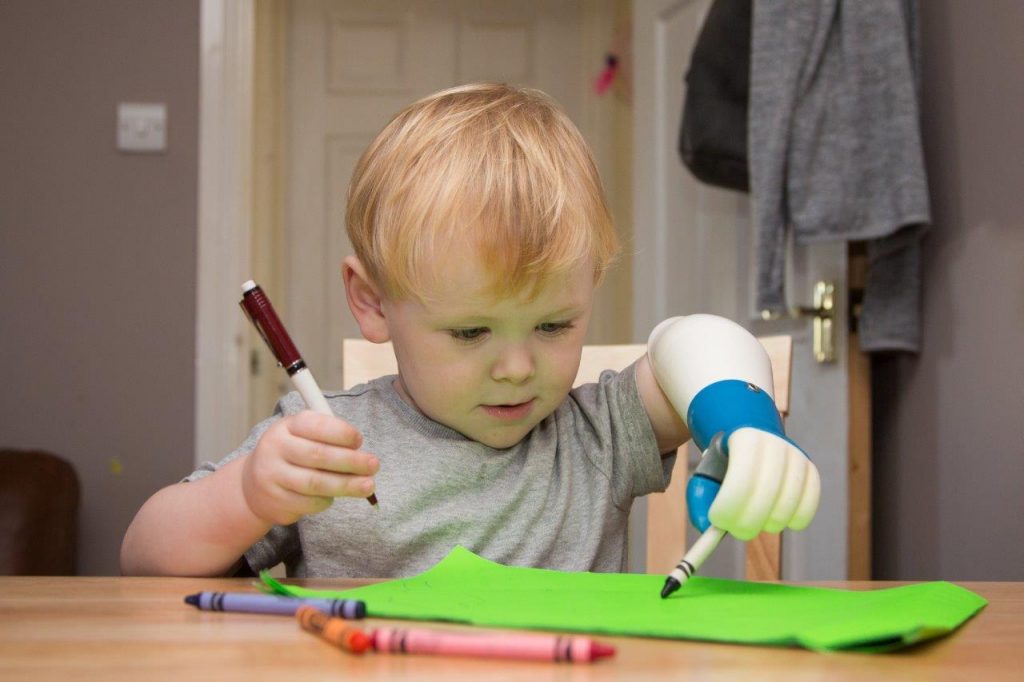

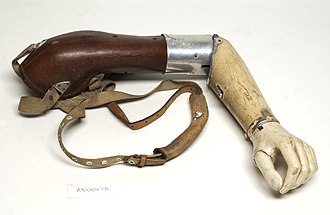

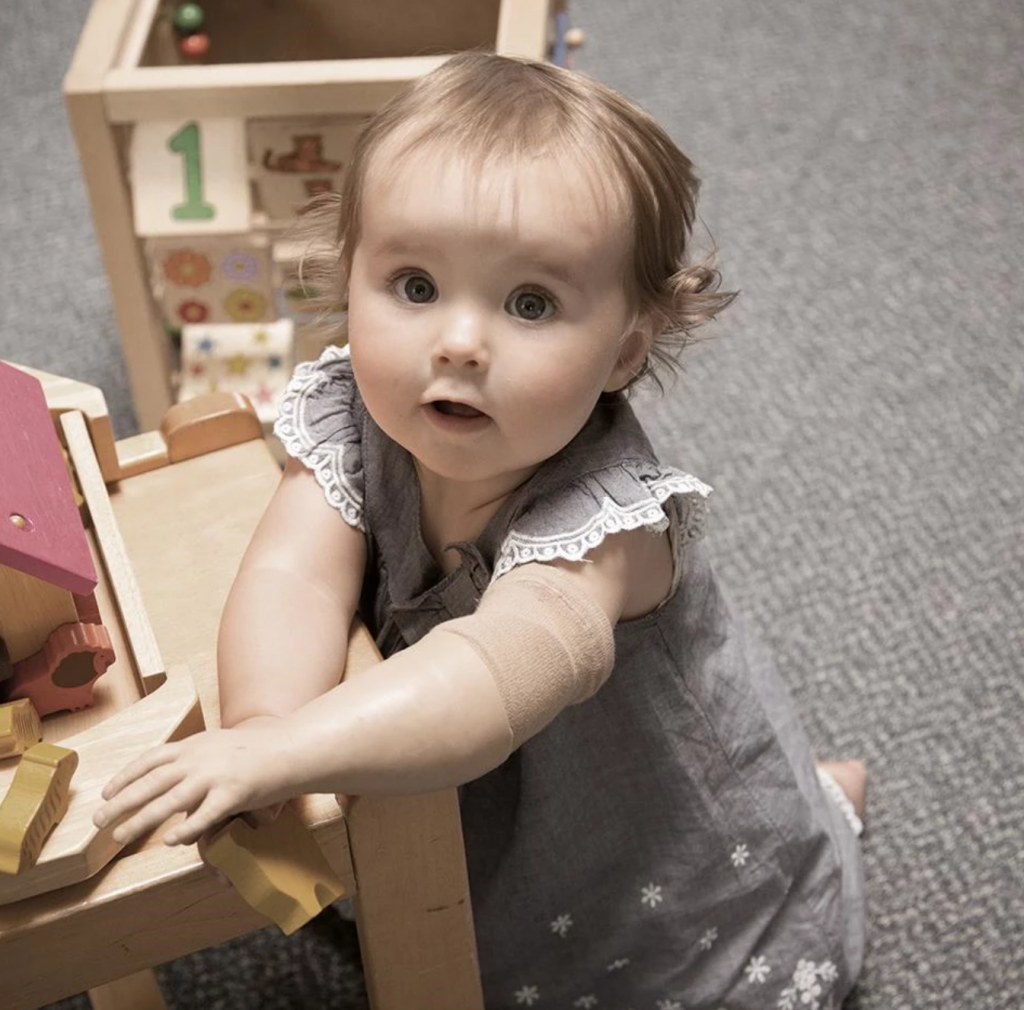

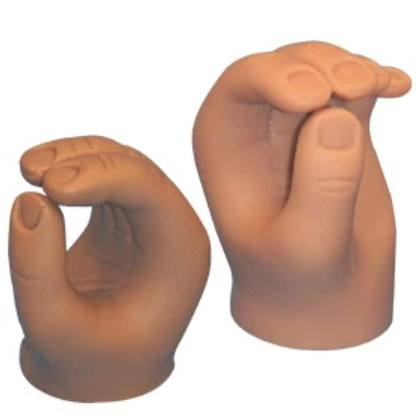


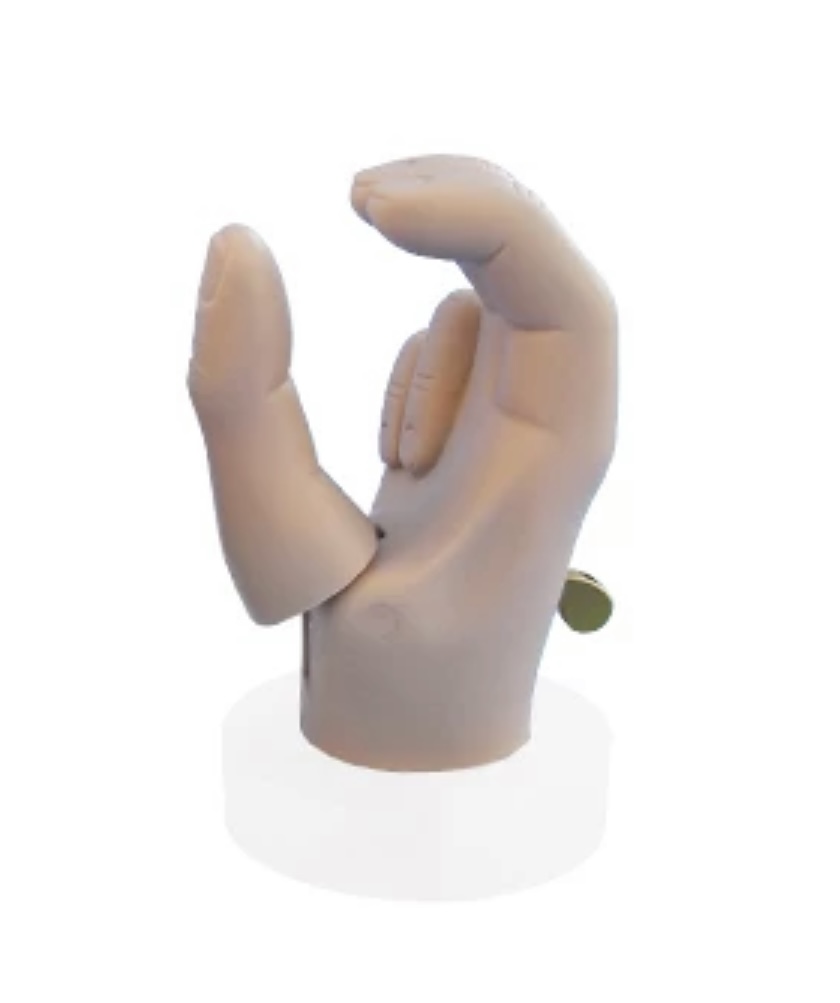
Very well written, with an excellent format and images. You’ve included interesting statistics and related it to personal ideas which…
This is a very well written blog, the format is as if you are talking directly to me. The ideas…
Love the Batman GIF :)
This is an excellent, well written blog. The narrative is engaging and easy to follow. It could be improved by…
This is a well-communicated blog. The it is written well with good use of multimedia. It could be improved with…